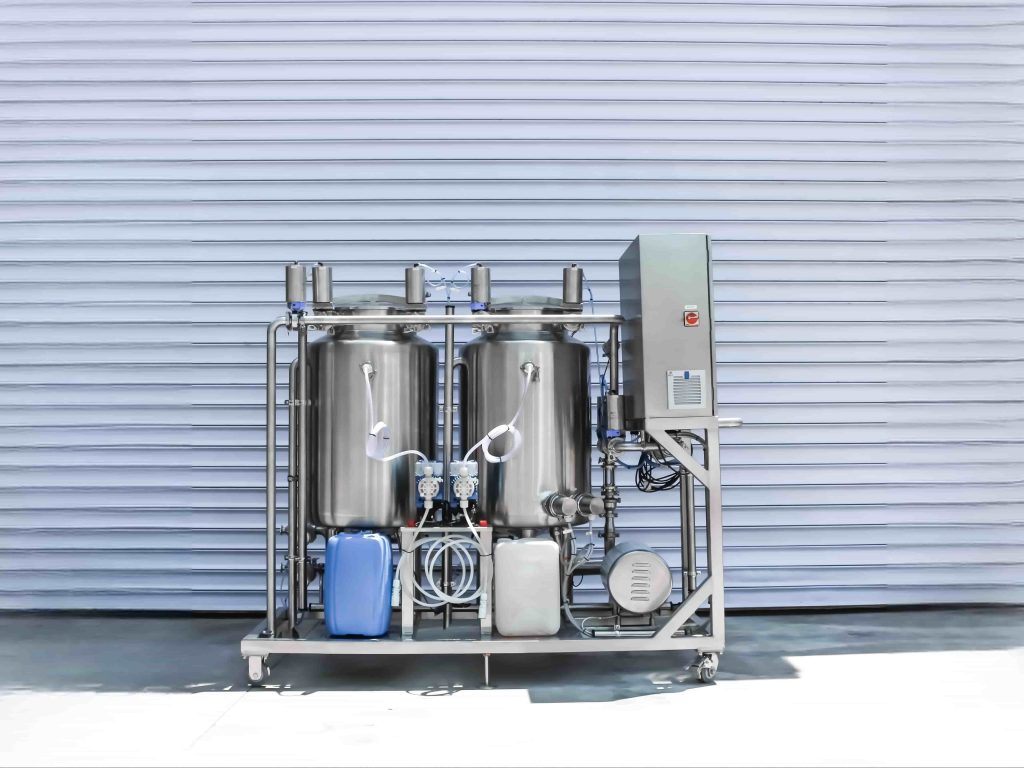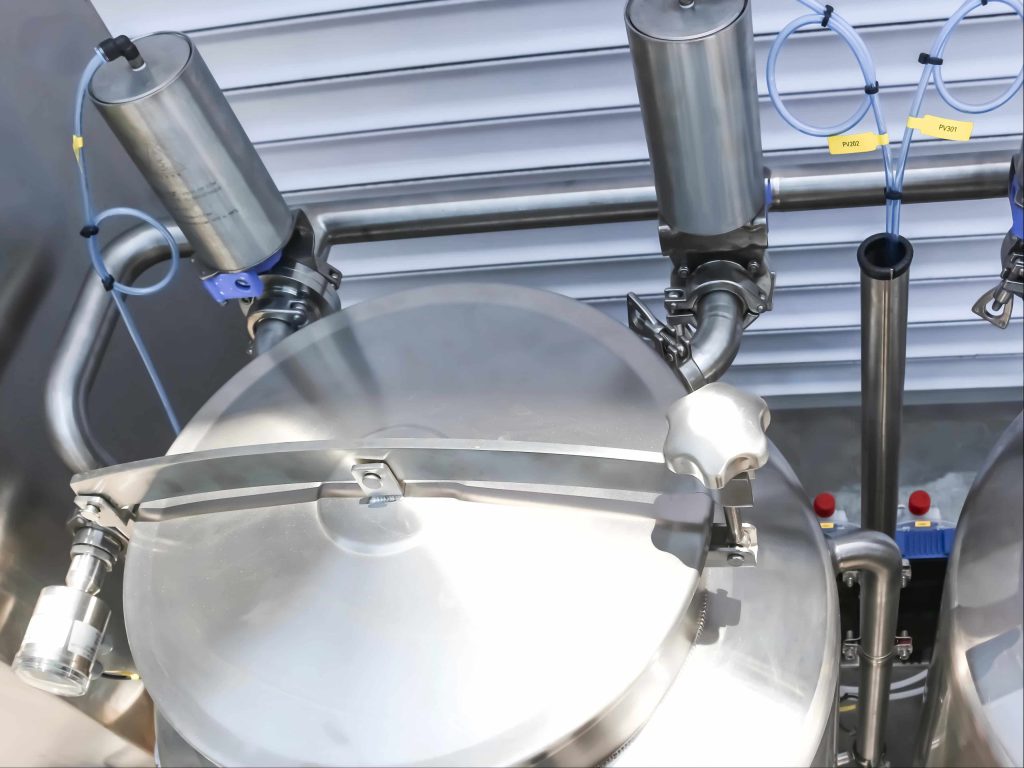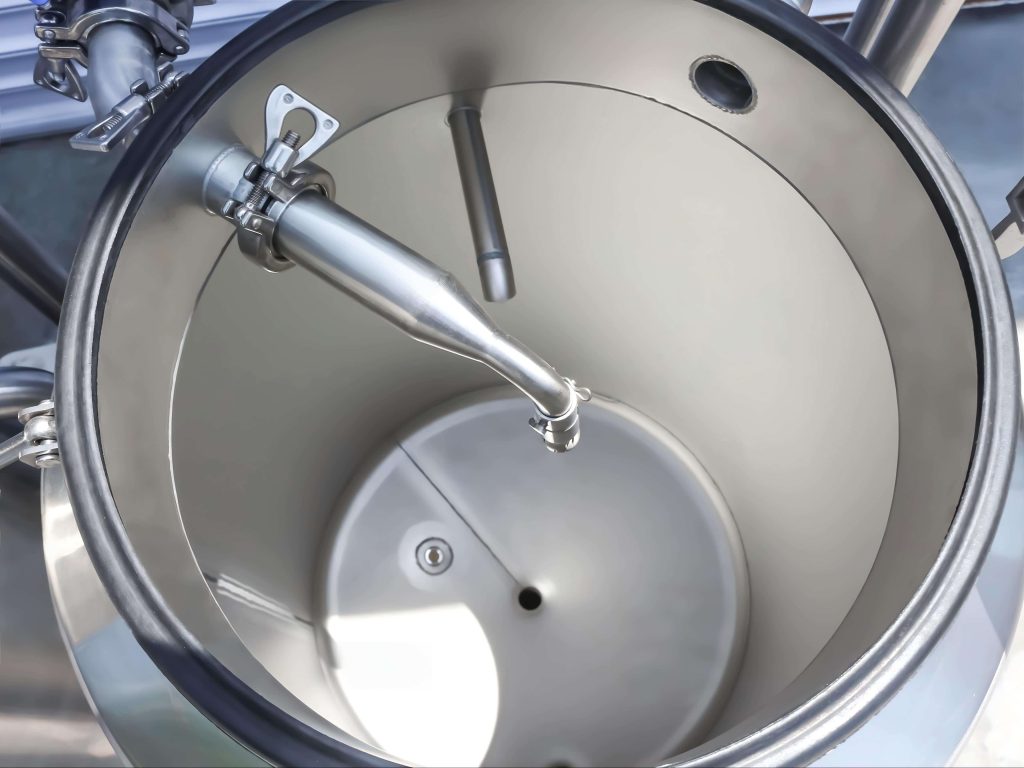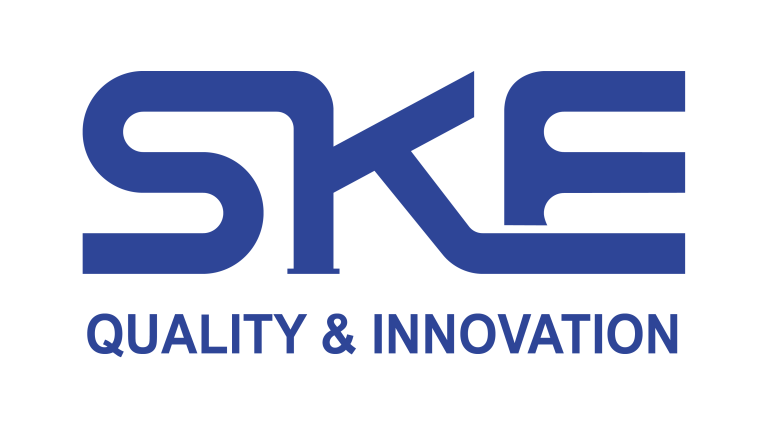
CIP equipment — ever wondered how modern breweries and beverage plants go from messy, sticky lines to audit-ready, sterile loops in under an hour without sending a crew into the pipework? The secret is smart CIP equipment, and at Drinktec 2025 SKE will show exactly how the best systems deliver repeatable, cost-saving cleaning.
Table of Contents
What is CIP equipment?
Why investing in modern CIP equipment pays off
Key components of robust CIP equipment
Performance metrics (quick table)
Design & installation tips — what SKE recommends at Drinktec 2025
Maintenance and validation best practices
FAQs: the questions operations managers ask most
Next steps and call to action
1. What is CIP equipment?
CIP equipment (Clean-In-Place equipment) automates the circulation of detergents, caustics, acids and rinse water through tanks, pipes and heat exchangers without disassembly. Instead of manual scrubbing, chemical concentrations, flow rates and temperatures are controlled to validated levels so each loop meets microbial reduction targets consistently.

2. Why investing in modern CIP equipment pays off
Upgrading to a modern CIP equipment skid turns cleaning from an unpredictable chore into a measurable process. Benefits include: shorter changeovers, predictable audit trails, lower chemical and water use, and less labor. SKE’s modular CIP equipment designs focus on repeatability—so seasonal SKU switches or frequent test runs don’t become a hygiene crisis.
3. Key components of robust CIP equipment
A best-practice CIP equipment skid will include the following subsystems: regenerative heat exchange, caustic and acid dosing, low-shear pumps, an intelligent valve matrix, conductivity sensors and PLC/HMI recipe control. SKE combines sanitary 316L piping and automated logging so managers can prove each cycle in minutes—not days.
4. Performance metrics (quick table)
| Metric | Typical Legacy Setup | SKE-Optimized CIP equipment |
|---|---|---|
| Cycle time | 45–90 min | 25–40 min |
| Chemical use per cycle | 1–3 L | 0.7–1.5 L |
| Energy recovery | 50–65% | 75–80% |
| Validation (log reduction) | 3–5 log | 6 log (validated) |
This comparison shows how investing in better CIP equipment produces measurable OPEX savings and faster throughput.
5. Design & installation tips — what SKE recommends at Drinktec 2025
Optimize loop geometry: short runs, minimized dead-legs and proper spray-ball placement speed up cleaning.
Pick the right pump: low-shear pumps avoid settling slurries while keeping required flow velocities.
Heat recovery: regenerative exchangers pay back fast in high-volume plants.
Control strategy: SKE uses conductivity-driven dosing and recipe libraries so the CIP equipment adapts to soil load rather than running fixed volumes.
See these items in SKE’s Drinktec 2025 live demos—bring your loop profile and they’ll simulate the savings.

6. Maintenance and validation best practices
Caring for your CIP equipment is straightforward but non-negotiable: weekly reports, monthly calibration of conductivity and temperature sensors, quarterly pump and valve inspections, and annual IQ/OQ/PQ validation. SKE’s remote-ready HMI exports CSV logs for auditors and supports automated alerts when a cycle drifts from spec.
7. FAQs: the questions operations managers ask most
Q1. How long will modern CIP equipment take to validate?
A1. Validation timelines vary, but SKE often completes IQ/OQ and initial PQ runs within 2–4 weeks for pilot loops, less for smaller installations.
Q2. Can CIP equipment remove biofilms?
A2. Yes—sequenced caustic and acid phases at appropriate temperature and contact time will dissolve and remove biofilm when combined with the correct mechanical action (flow and spray coverage).
Q3. What ROI can I expect from a new CIP equipment skid?
A3. Typical payback ranges from 6–18 months through saved labor, lower chemical and water usage, and increased product uptime.

8. Next steps & call to action
If you’re managing cleaning headaches, a targeted upgrade of CIP equipment could cut costs and improve compliance quickly. Drop your loop volume and common soil types in the comments, or visit SKE at Drinktec 2025 for a live demo and lifecycle cost model tailored to your plant. Bring a process sample and get a custom validation plan on the show floor.
